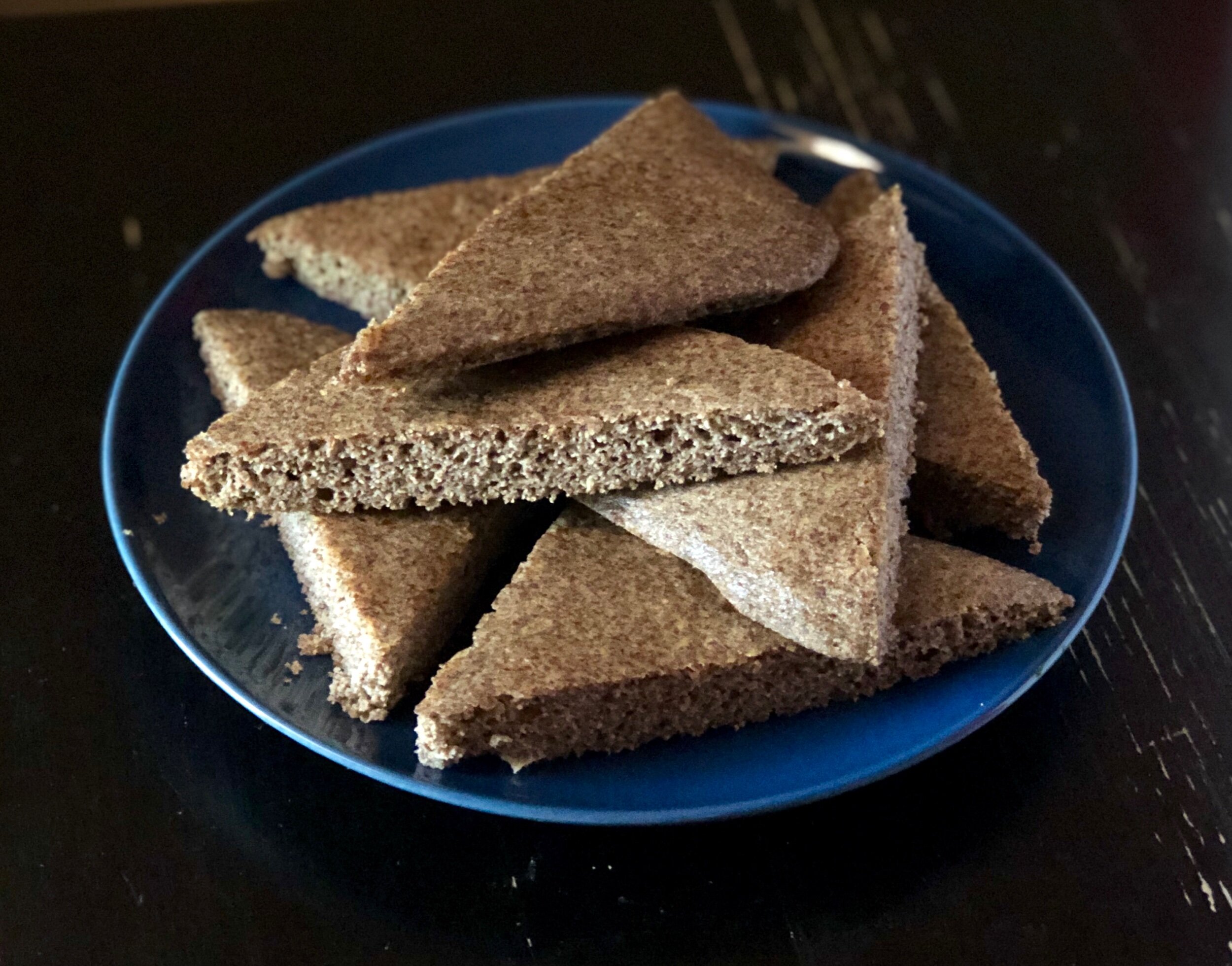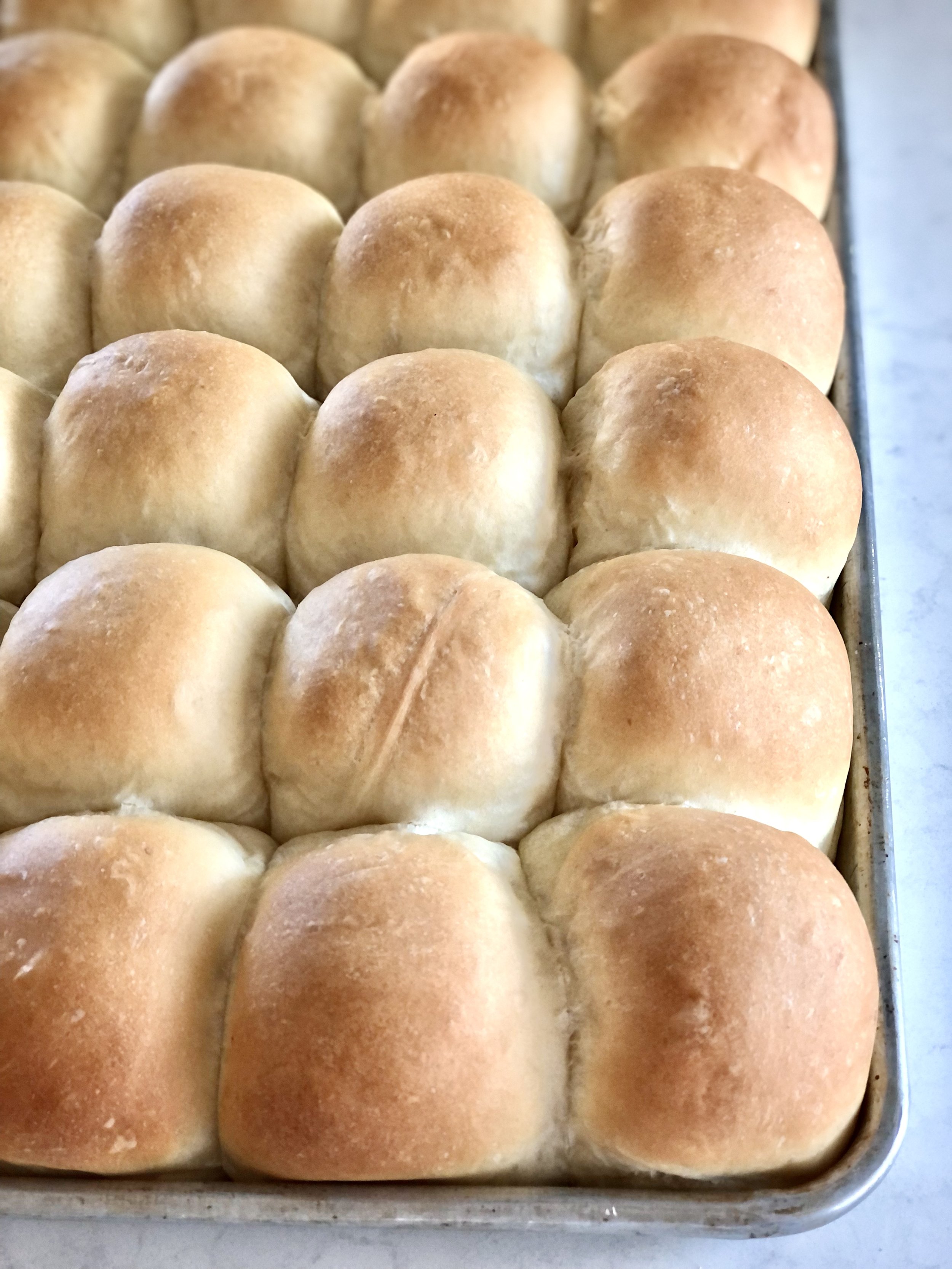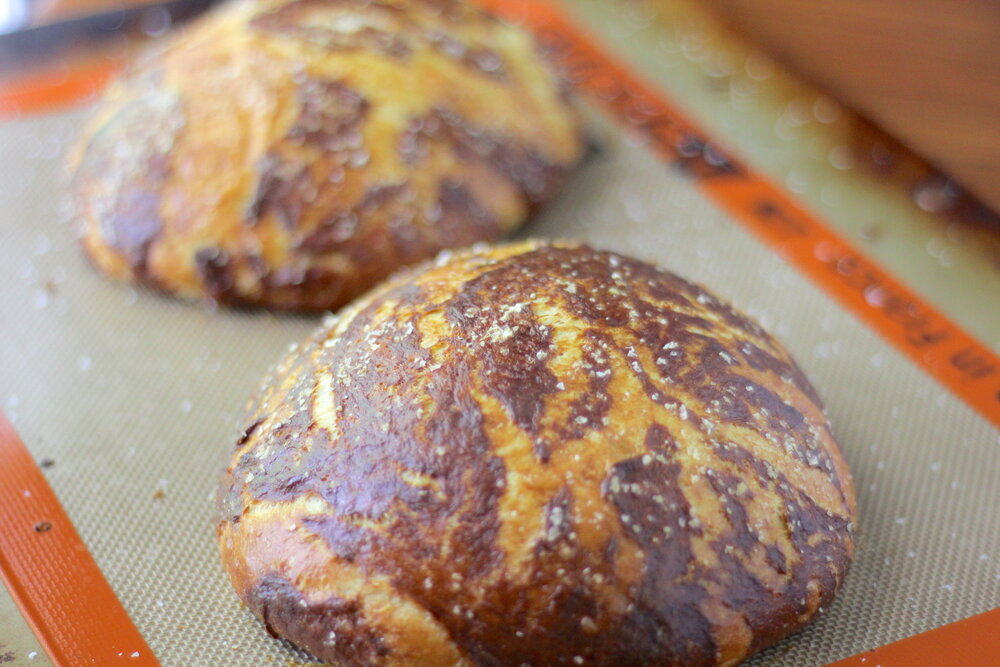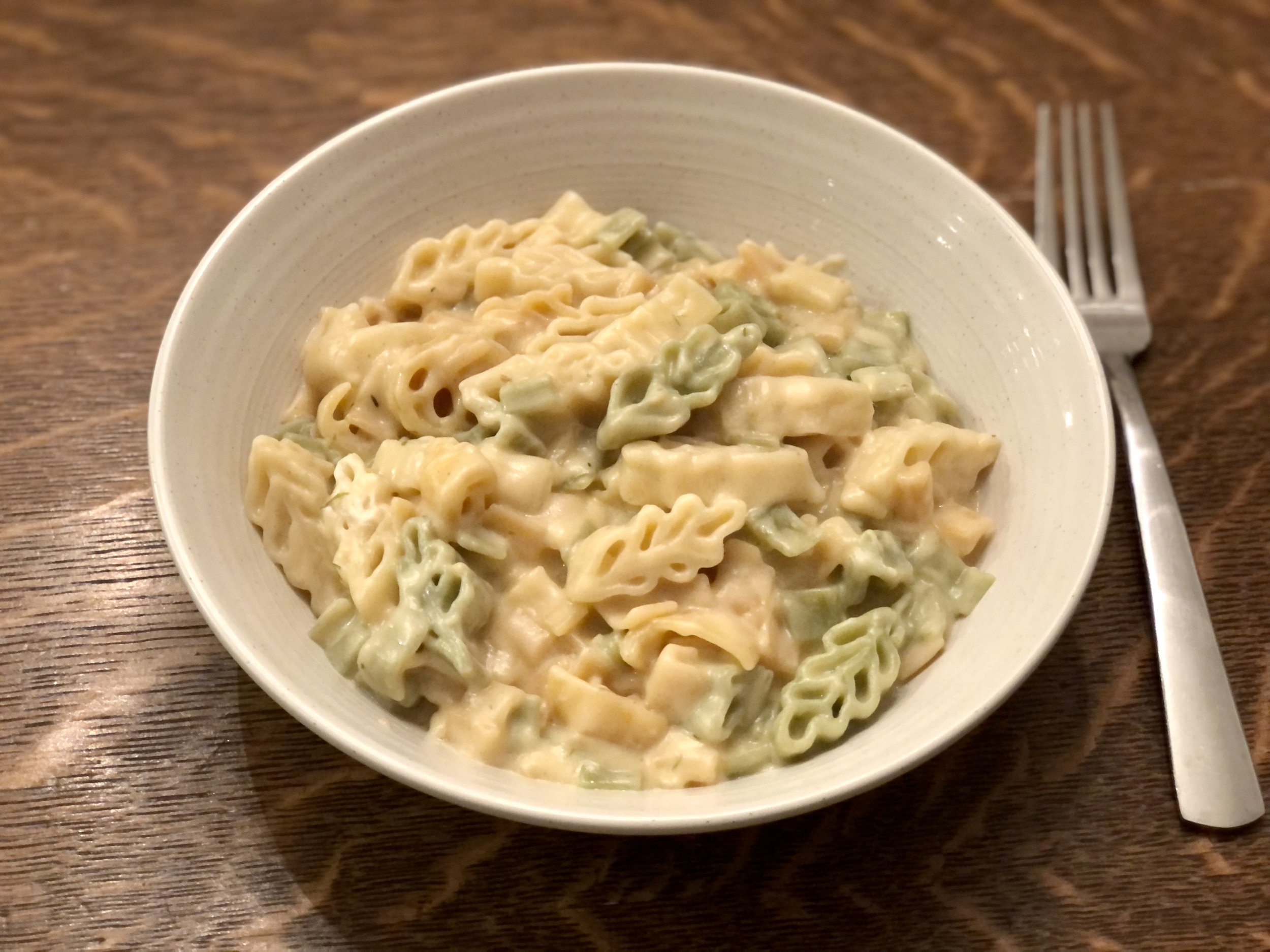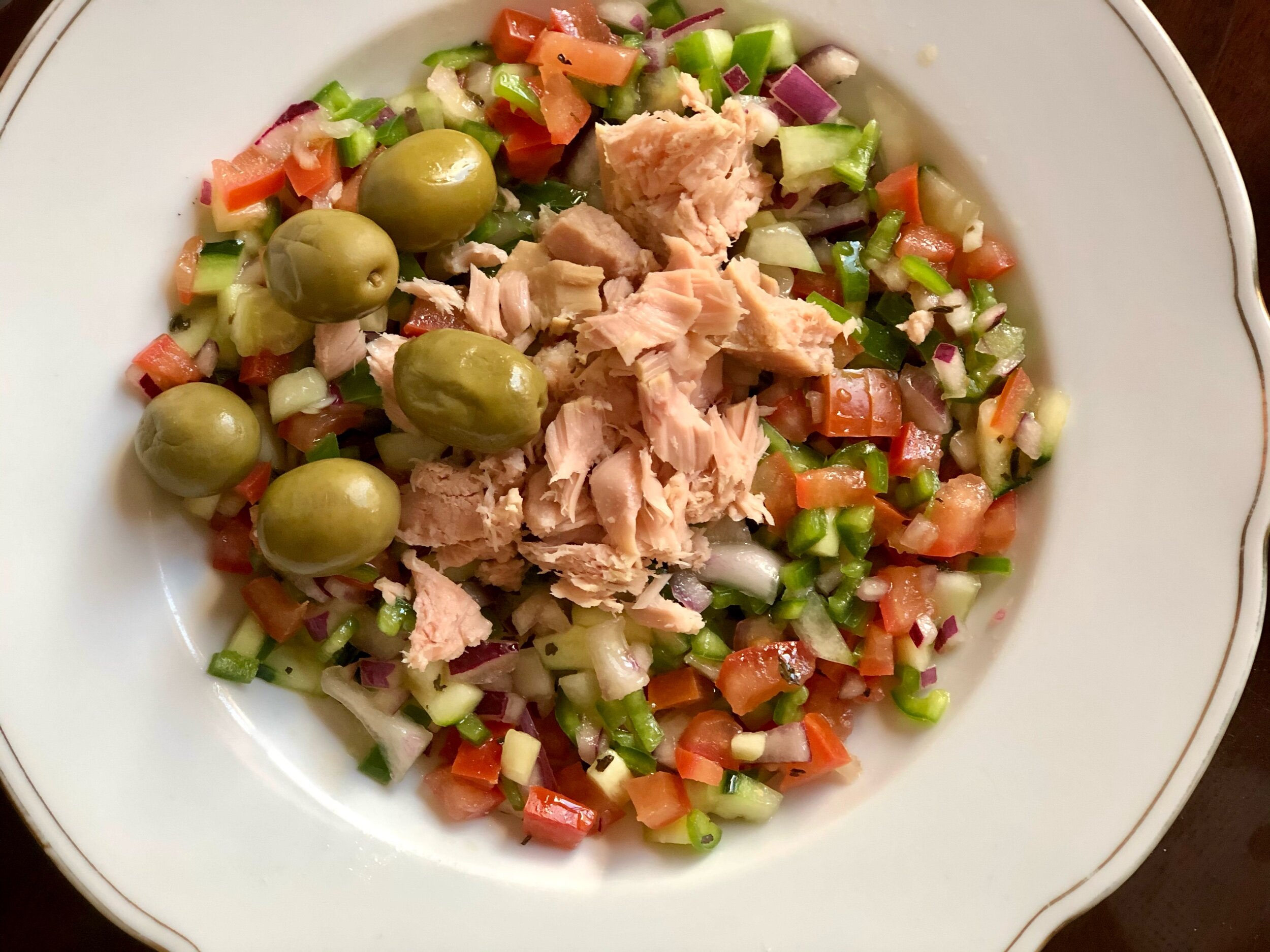Morris House Rolls (Parker House Rolls)
/Soft and fluffy, these rolls have become a staple for holiday dinners and everyday dinners. There are hardly ever any leftovers, no matter how many batches we make! It’s hard to resist delicious, buttery, homemade bread.
Originally called Parker House Rolls, we’ve since changed the name of these to Morris House Rolls since, well, we make them so pretty and slightly changed the method of Parker House Rolls. Their origin has something to do with some rolls made at a hotel, where any angry baker threw some unfinished rolls into the oven. Apparently these were the rather delicious result that stuck and became famous. The method nowadays involves rolls that are dipped in butter and folded in half before they’re baked. This all seems rather fussy and messy, so we’ve adapted these into a more classic dinner roll shape. Just as delicious without all the fuss.
These are wonderful as is, or sliced and used for sliders or other small sandwiches. These freeze beautifully, so you can always pull some out for an impromptu dinner side!
Sourdough Discard Friendly
This is a great recipe to use up some sourdough discard. Add up to 100g of discard and a bit more flour as needed.
Why Heat the Milk First?
Heating milk, often known as “scalding”, is a technique often found in older recipes. It involves heating the milk to at least 181°F / 83°C. It has a few different purposes, depending on what you’re making.
Kill Bacteria: Before milk was widely pasteurized, scalding milk helped to kill bacteria.
Enhance Flavor: Milk takes on flavors really well when heated, so scalding works well with recipes that use vanilla, spices, herbs, etc., such as ice creams and custards.
Help Bread Rise: Milk contains whey protein, which can weaken gluten. If gluten isn’t strong, bread won’t rise properly. Scalding milk deactivates the whey protein, for an optimal rise.
The final reason is the reason why milk is scalded in this recipe.
This post may contain affiliate links. If you make a purchase using these links, Jennyblogs may receive a small commission, at no extra cost to you. This helps to support Jennyblogs. For further information see the privacy policy. Grazie!
Recipe adapted from Food Network
Morris House Rolls
Ingredients:
1 1/2 cups / 356g milk
1/2 cup / 113g butter, plus more for brushing
1/2 cup / 100g sugar
2 1/4 tsp / 7g instant yeast
1/2 cup / 119g warm water
3 eggs
1 1/2 tsp salt
6 cups / 720g all-purpose flour
Directions:
Oven 350°F / 177°C. 1 baking sheet lined with parchment paper or silpat.
In a small pan, bring milk to a simmer. Remove from heat and stir in butter and sugar until melted. Allow to cool.
In a large mixing bowl or bowl of a stand mixer fitted with the dough hook, combine yeast, water, eggs, salt, half of the flour, and cooled milk mixture until smooth. Add remaining flour, 1/2 cup at a time, until a soft, smooth dough forms. Knead for a few minutes with the dough hook.
Transfer dough to floured surface and knead about 5 more minutes by hand.
Place dough in a lightly oiled bowl, flip once to coat in oil, cover, and let rest for about 1 hour at room temperature, or until doubled in size.
Punch dough down and divide dough into about 30 pieces. This will work out to be about 55g per piece if you have a scale to weigh them. Roll each piece into a tight ball and place on prepared baking sheet.
Cover and let rest at room temperature for about 30-45 minutes, or until dough balls are puffed and almost doubled in size.
Bake in preheated oven for 18-20 minutes or until golden brown. Remove from oven and brush with melted butter, if desired.
Jenny’s Notes:
If using instant dry yeast, you will want to active it before adding it in with the other dough ingredients. Add active dry yeast and the warm water to a small bowl and let sit for 5-10 minutes or until bubbly and active, before proceeding by adding them in with the rest of the dough ingredients.
This is a great recipe to use up some sourdough discard. Add up to 100g of discard and a bit more flour as needed.
These are so good, we don’t usually brush them with the extra butter!
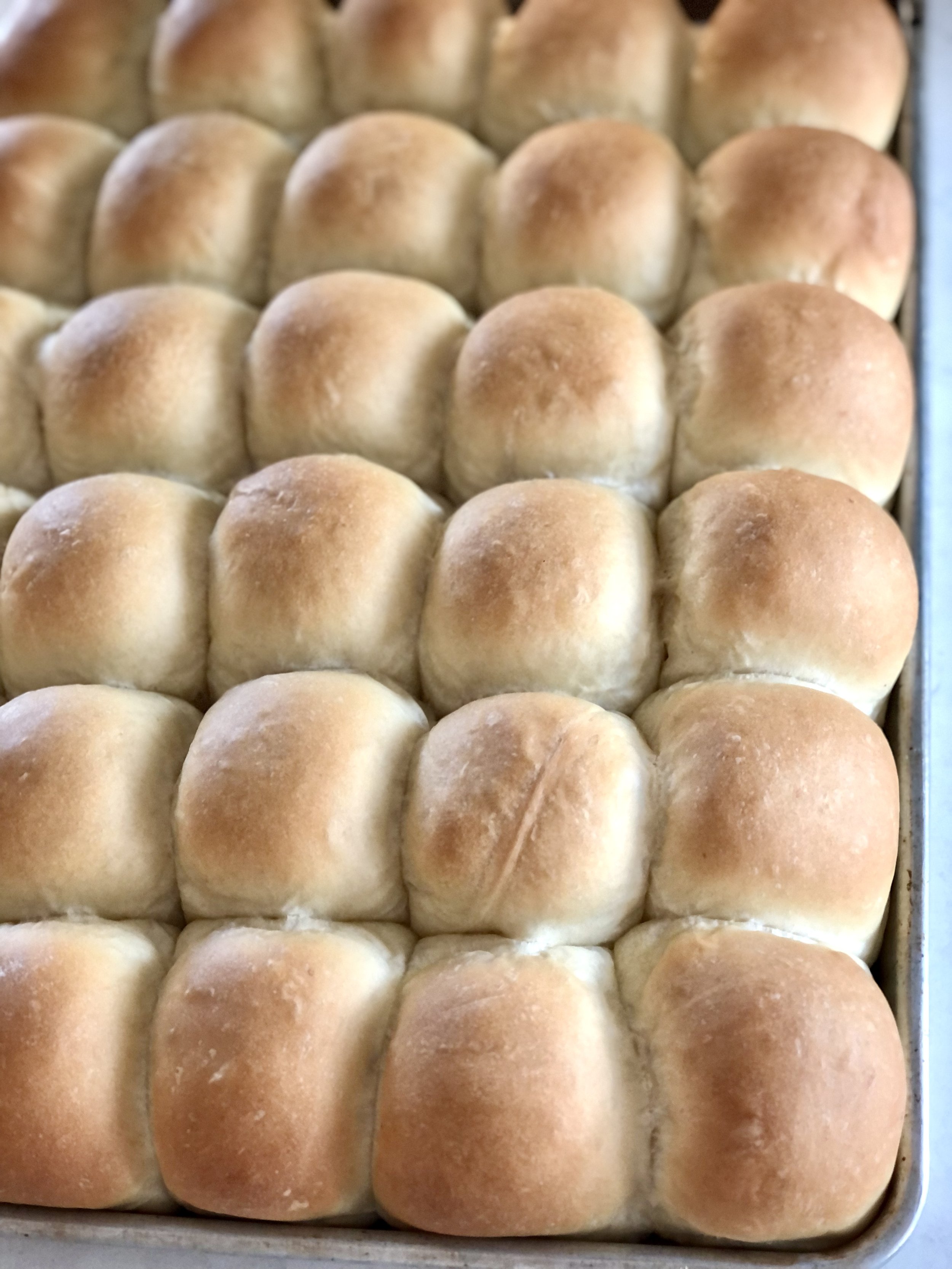
Morris (Parker) House Rolls
Ingredients
Instructions
- Oven 350°F / 177°C. 1 baking sheet lined with parchment paper or silpat.
- In a small pan, bring milk to a simmer. Remove from heat and stir in butter and sugar until melted. Allow to cool.
- In a large mixing bowl or bowl of a stand mixer fitted with the dough hook, combine yeast, water, eggs, salt, half of the flour, and cooled milk mixture until smooth. Add remaining flour, 1/2 cup at a time, until a soft, smooth dough forms. Knead for a few minutes with the dough hook.
- Transfer dough to floured surface and knead about 5 more minutes by hand.
- Place dough in a lightly oiled bowl, flip once to coat in oil, cover, and let rest for about 1 hour at room temperature, or until doubled in size.
- Punch dough down and divide dough into about 30 pieces. This will work out to be about 55g per piece if you have a scale to weigh them. Roll each piece into a tight ball and place on prepared baking sheet.
- Cover and let rest at room temperature for about 30-45 minutes, or until dough balls are puffed and almost doubled in size.
- Bake in preheated oven for 18-20 minutes or until golden brown. Remove from oven and brush with melted butter, if desired.
Notes
- If using instant dry yeast, you will want to active it before adding it in with the other dough ingredients. Add active dry yeast and the warm water to a small bowl and let sit for 5-10 minutes or until bubbly and active, before proceeding by adding them in with the rest of the dough ingredients.
- This is a great recipe to use up some sourdough discard. Add up to 100g of discard and a bit more flour as needed.
- These are so good, we don’t usually brush them with the extra butter!
Nutrition Facts
Calories
145.59Fat
4.14 gSat. Fat
2.35 gCarbs
21.88 gFiber
0.76 gNet carbs
21.12 gSugar
4.01 gProtein
3.68 gSodium
152.34 mgCholesterol
25.96 mgNutritional information is approximate. Based on 1 roll.



